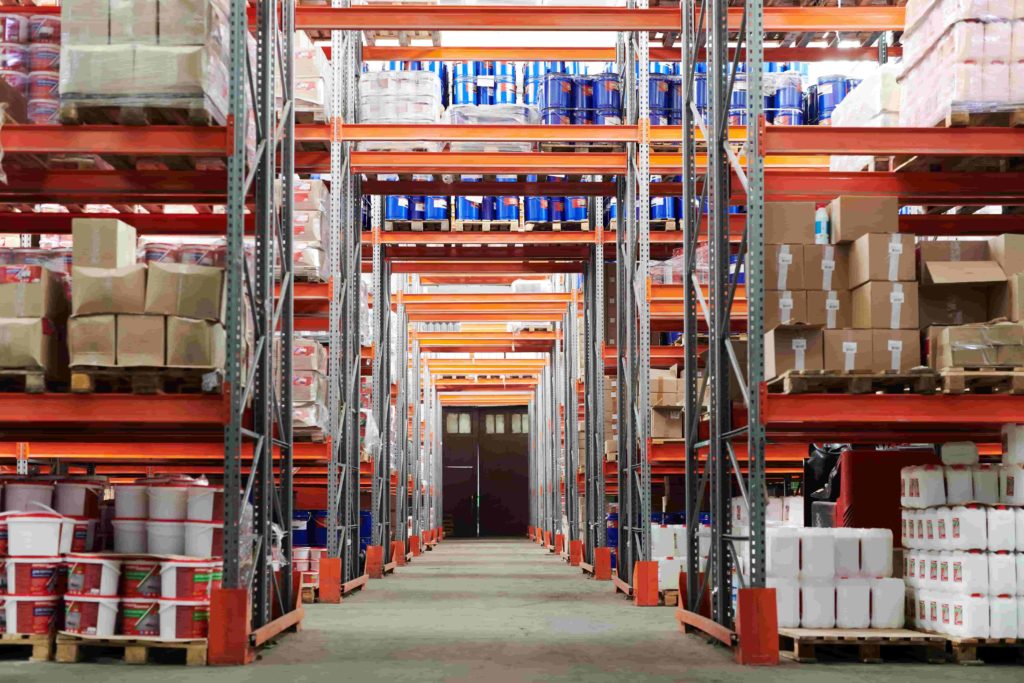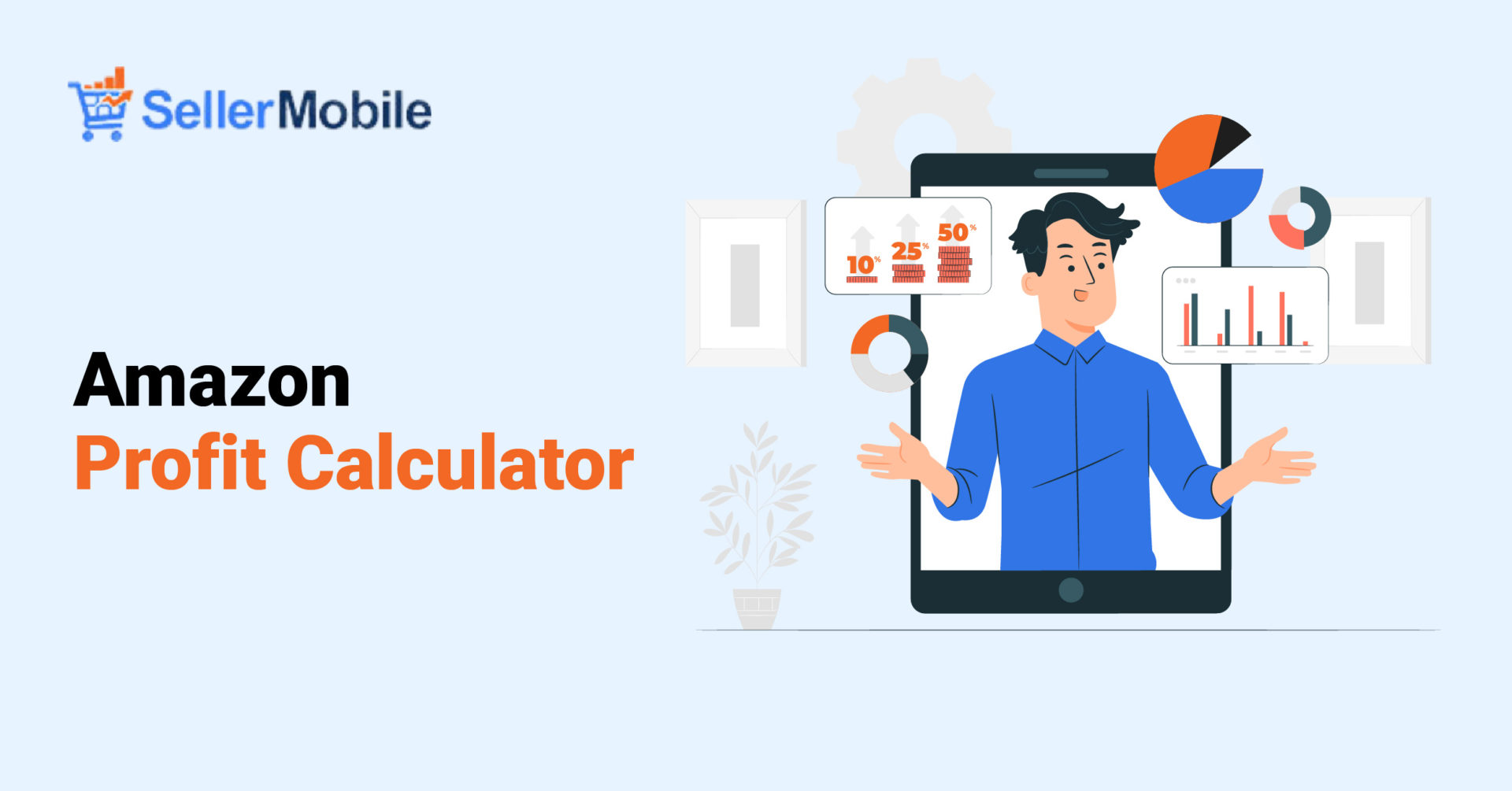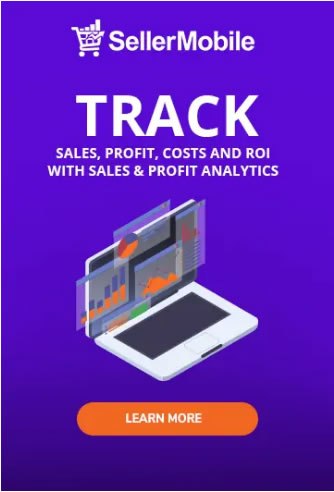Imagine the power of knowing the profitability of each item in your inventory before making any investment. That’s precisely what you gain with the right Amazon profit calculator. By utilizing an FBA profit calculator, you can:
- Identify the most profitable items to sell
- Make data-driven decisions for your business
- Save time and resources by focusing on high-potential products
- Minimize risks associated with unprofitable inventory
- Improve your overall return on investment (ROI)
This guide uncovers the best Amazon profit calculator, including the Amazon FBA profit margin calculator, and reveals how to use it effectively to optimize your product selection. We’ll dive deep into the world of FBA profit calculators, exploring how they can transform your Amazon selling experience and lead to long-term success.
So, let’s embark on this journey to unlock higher profits and make the most of your Amazon business.
How to Use Amazon Profit Calculator
Leveraging an Amazon profit calculator allows you to make well-informed decisions about the profitability of your products. This convenient tool factors the different fees and costs of selling on Amazon. Let’s explore the key fields of an Amazon profit calculator.
Basic Information and Upfront Costs
- Enter your product’s retail price and upfront costs like manufacturing and shipping.
- Input any fixed expenses, such as Amazon seller fees, subscription fees, or storage costs.
- Ensure you also include the cost of product samples, molds, or other initial investments.
Variable Costs
- Input variable costs, including packaging, shipping, or transaction fees.
- Include any discounts, promotions, or Amazon referral fees that you may encounter.
- Factor in sales and other local taxes that may apply to your products.
Additional Costs
- Include any unique costs specific to your business, such as inspection fees, import duties, or returns.
- You can customize the names of these cost fields or enter 0 if they’re not applicable.
- Keep track of any unexpected costs that may arise, such as product recalls or changes in regulations.
Marketing Costs
- If you have any marketing expenses, such as Amazon PPC, external promotions, or influencer collaborations, enter them in this section.
- Factor in professional photography or graphic design costs for your product listings.
- Consider any costs of managing your brand presence, such as hiring a virtual assistant or social media manager.
Gross Margin Calculations
- Review your gross margin at different price points to see how price changes can affect your profitability.
- The calculator will display your net margin per unit based on your entered costs, allowing you to make informed pricing decisions.
- Use the Amazon profit calculator to perform scenario analyses, such as evaluating the impact of increased sales volume, reduced costs, or changes in marketing strategy.
Ongoing Analysis and Adjustments
- Regularly update your Amazon profit calculator with new data to ensure you always make informed decisions.
- Track how your costs change over time, such as fluctuations in shipping fees or manufacturing costs.
- Adjust your marketing strategy or pricing based on the insights gained from your profit calculations.
By following these steps and understanding each of the calculator’s fields, you can effectively use the Amazon seller inventory profit calculator and the Amazon sales profit calculator to optimize your product offerings, pricing, and marketing strategies.
With a clear understanding of your product’s profitability using the Amazon net profit calculator, you’ll be better equipped to make data-driven decisions and grow your Amazon business!
Before You Calculate Profits, Do You Know Your Costs?
To make the most of an Amazon profit calculator, it’s essential to clearly understand the costs associated with selling on Amazon. Utilizing an Amazon FBA profit calculator can provide valuable insights into these expenses. There are 3 main types of fees that you need to consider when determining your potential profits.

Upfront Costs
These are the expenses you incur even before you start selling your products on Amazon. Some common upfront costs include the following.
- Product sourcing – the cost of purchasing or manufacturing the items you plan to sell
- Shipping and logistics – expenses associated with transporting your products to Amazon’s fulfillment centers
- Inventory storage – fees for storing your products at Amazon’s warehouses before they are sold
Variable Costs
Ongoing expenses that vary based on the volume of products you sell are known as variable costs. Examples of these include the following.
- Amazon FBA fees – fulfillment fees charged by Amazon for picking, packing, and shipping your products to customers
- Referral fees – a percentage of the sales price that Amazon charges for each item sold
- Storage fees – monthly fees for storing your inventory in Amazon’s warehouses
Marketing Costs
Expenses play a crucial role in attracting customers to your products. Some key marketing costs to consider are the following.
- Amazon Advertising – pay-per-click (PPC) campaigns that promote your products on the platform
- Promotions and discounts -costs associated with offering deals or discounts to attract more customers
- Off-Amazon marketing – expenses for advertising and promoting your products outside of the Amazon platform
Unplanned Costs
As you evaluate your potential profits using an Amazon profit calculator, it’s essential to consider the hidden costs that might not be immediately apparent. These unplanned expenses can significantly impact your overall profitability. Here are some of the hidden costs you should be aware of.
- Returns: Customers returning items can be costly for sellers. You’ll likely need to refund the purchase price, cover return shipping fees, and possibly invest time and resources into inspecting and repackaging the product for resale.
- Disposal costs: Sometimes, unsold or damaged inventory needs to be disposed of. This can result in additional fees from Amazon, shipping costs to return items to your location, or charges from third-party disposal services.
- Long-term storage fees: If your inventory remains in Amazon’s fulfillment centers for more than six months, you’ll incur long-term storage fees.
- Tax liabilities: Depending on your business’s location and the countries where you sell, you might need to collect and remit sales tax, VAT, or other taxes related to your sales.
- Currency conversion fees: Selling in international marketplaces can lead to currency conversion fees when transferring funds between different currencies.
By accounting for these unplanned costs, you can ensure that your Amazon seller profit calculator results are more accurate and better reflect the true profitability of your products.
Is Calculating ROI Enough?
ROI is a common metric when analyzing your business performance with an Amazon profit calculator. However, is it enough for a comprehensive profitability view? The answer is both yes and no.
ROI measures investment efficiency by dividing net profit by total investment and multiplying by 100 for a percentage. This formula offers a clear picture of the return for every dollar invested.

While ROI is a useful benchmark, it may provide a partial picture of your business’s performance. Other factors can impact your profitability, and a more comprehensive tool, such as an Amazon FBA profit calculator, can help you dive deeper into these variables. Here are some additional factors you should consider.
- Inventory turnover: the rate at which you sell and restock products affects profitability. High turnover indicates strong demand, while low turnover may mean overstocking or weak sales.
- Cash flow: effective cash flow management is essential for success. Consider the timing of expenses and revenue to maintain healthy cash flow and avoid financial issues.
- Market competition: be aware of competitors’ pricing and marketing strategies, which can affect your sales and profitability.
In essence, while ROI is a valuable metric for gauging the success of your investments, it’s crucial to consider other factors that may impact your profitability. Utilizing tools like an Amazon seller profit margin calculator can help you dig deeper into these additional variables and make more informed decisions for your business.
An FBA Calculator: Unlocking Profit Potential for Amazon Sellers
In the dynamic landscape of e-commerce, Amazon has emerged as a dominant player, offering sellers a vast platform to showcase their products. Among the multitude of strategies available to sellers, Fulfillment by Amazon (FBA) has gained significant popularity due to its convenience and potential to enhance sales. Central to making informed decisions within this FBA framework is the indispensable FBA Calculator – a robust online tool that empowers sellers to project profits and expenses accurately.
Estimating Profitability with Precision
At its core, an FBA Calculator is designed to give Amazon sellers an in-depth look of their prospective financial results when choosing the FBA service. This tool goes beyond a quick overview and digs deeply into the complex interactions between numerous cost elements, empowering sellers to make tactical decisions that might improve their bottom line. Shipping, storage, and Amazon referral fees are significant expenses. Sellers may get a comprehensive picture of their potential profit margins by entering key product information into the FBA and Amazon Profit Calculator, such as unit cost, shipping costs, sales price, and more.
Navigating the Terrain of FBA Costs
Shipping big items can be a considerable challenge for sellers due to the cost of shipping. FBA Calculators take into account elements like package weight and dimensions, enabling sellers to precisely predict and budget for shipping costs. Another important consideration is storage costs, which are affected by things like product size, time spent in storage, and peak demand periods. These nuances are taken into consideration by the FBA Calculator, which provides information on the potential financial effects of keeping things in Amazon’s fulfillment facilities.
The FBA Calculator also carefully takes into account Amazon referral fees, which are a portion of the sale price that Amazon charges for completing the transaction. This open communication of referral fees gives sellers the power to decide on prices intelligently, ensuring that the price they select not only covers costs but also yields the desired profits.

Empowering Decision-Making
Although an FBA Calculator’s primary function is to estimate revenues and costs, its influence goes far beyond simple math. With the knowledge gained through this tool, sellers are better prepared to choose which products are worthwhile investments of their time, money, and resources. The FBA Calculator effectively serves as a strategic compass, pointing sellers in the direction of goods that coincide with their financial objectives and business plans.
Unveiling the Optimal FBA Calculator
A wide range of FBA calculators have appeared to meet the various needs of Amazon sellers as the digital retail industry develops. Among these, some calculators provide sophisticated capabilities like connection with real-time Amazon data and predictive analytics. The Jungle Scout FBA Calculator, which is famous for its precision and thorough insights, is a great example. Regardless of the particular calculator selected, the fundamental idea is the same: to provide salespeople with precise, useful information that improves their capacity for decision-making.
How to Compute the Net Profit and ROI Using FBA Calculator
Understanding how to use the Amazon FBA profit calculator effectively is vital to accurately calculate your net profit and ROI.
Optimizing Amazon Profitability: Steps to Increase Margins with Amazon Profit Calculator
Reduce returns
Enhancing profit margins on Amazon involves minimizing product returns, as high return rates can lead to lost sales and additional expenses. Here are some strategies to achieve this goal.
- Improve product quality: ensure that your products meet or exceed customer expectations. High-quality items are less likely to be returned.
- Provide accurate product descriptions: ensure your product listings are detailed and precise, including size, color, material, and functionality. This will help customers make informed buying decisions and reduce the likelihood of returns.
- Use high-quality images: clear, detailed photos of your products can give customers a better understanding of what they’re purchasing, reducing the chance of returns due to dissatisfaction.
- Monitor customer feedback: pay close attention to customer reviews and feedback to identify any issues causing returns and address these issues promptly.
- Offer exceptional customer service: provide quick and helpful responses to customer inquiries and complaints. This can help address any concerns before they result in a return.
Streamlining Your Inventory

An effective strategy for improving Amazon’s profit margins is streamlining your inventory by focusing on less expensive items. Here are some tips for achieving this.
- Analyze your product portfolio: determine which items have high costs and low-profit margins. Consider phasing out these products or finding ways to reduce their expenses.
- Opt for smaller, lighter items: smaller and lighter products typically have lower shipping and storage costs, resulting in higher profit margins.
- Research market demand: identify items with high demand and lower production costs. Focusing on these products can help you maximize profits.
- Negotiate with suppliers: establish strong relationships with suppliers and negotiate better pricing or bulk discounts for source items.
Optimize inventory levels. Monitor sales data and customer demand to ensure you maintain optimal inventory levels for your products. This can reduce storage fees and potential long-term storage costs.
Adjust Packaging
Optimizing your product packaging can significantly impact your Amazon profit margins. Consider these strategies to improve packaging while maintaining a positive customer experience.
- Reevaluate dimensions and weight: Ensure packaging is compact and lightweight without compromising protection. This can save on shipping and Amazon FBA fees.
- Use eco-friendly materials: sustainable packaging can appeal to eco-conscious customers and boost sales.
- Follow Amazon requirements: familiarize yourself with Amazon’s packaging guidelines to avoid additional fees or penalties.
- Customize for branding: branded packaging creates a memorable unboxing experience, potentially leading to positive reviews and word-of-mouth marketing.
- Review packaging performance: monitor customer feedback to identify and address packaging issues that may lead to negative reviews, returns, or damage during shipping.

Reprice Items
Competitive pricing is crucial for success on Amazon, and repricing your items can help you stay ahead in the marketplace. SellerMobile’s Amazon Repricer tool offers an intelligent solution for adjusting your product prices, helping you maintain profitability while remaining competitive. Key features of the SellerMobile repricer include.
- Automated repricing: the tool adjusts your prices based on market trends and competitor pricing, saving you time and effort.
- Customizable rules: define repricing regulations according to your preferences and profit margins, ensuring you control your pricing strategy.
- Instant repricing: respond quickly to price changes and capitalize on opportunities for increased sales.
- Buy Box targeting: the repricer focuses on winning the Amazon Buy Box, which can significantly boost your visibility and sales.
Research Best-Selling Products
Identifying and selling top-performing products is a smart strategy for increasing your Amazon profit margins. To find these high-demand items, follow these steps.
- Analyze market trends: keep an eye on emerging trends and popular products in your niche to stay ahead.
- Use Amazon Best Sellers: Amazon’s Best Sellers page is an excellent resource for discovering the most sought-after items in various categories.
- Utilize product research tools: sellerMobile’s Product Research tool can help you uncover profitable products based on sales, reviews, and other key metrics.
- Monitor competitors: review your competitors‘ product listings to identify top-selling items and find potential opportunities.
- Test new products: experiment with new products to diversify your inventory and increase the chances of discovering a best-seller.
Conclusion
In summary, understanding your Amazon profit margins is crucial for the success of your business. By considering all associated costs, calculating ROI, and utilizing an FBA profit calculator, you can make informed decisions to optimize your profits. Use the Amazon profit calculator and implement strategies such as reducing returns, cutting back on costly items, adjusting packaging, repricing items, and researching best-selling products to improve profit margins.
Take action now – begin utilizing the FBA profit calculator today to manage your finances effectively and enhance the success of your Amazon business.






